Home>Garden Essentials>How To Do An Organic Lawn Care
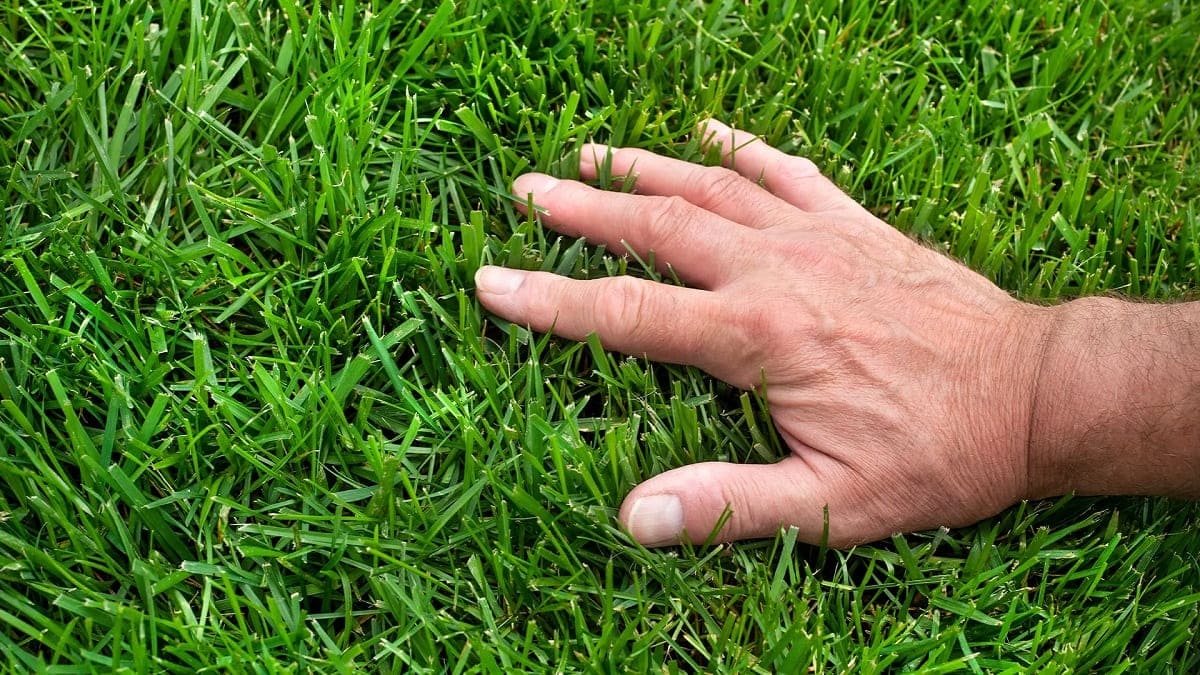

Garden Essentials
How To Do An Organic Lawn Care
Modified: October 19, 2024
Discover how to maintain a beautiful and healthy garden with organic lawn care techniques. Find expert tips on nurturing your garden naturally for stunning results.
(Many of the links in this article redirect to a specific reviewed product. Your purchase of these products through affiliate links helps to generate commission for Storables.com, at no extra cost. Learn more)
Introduction
Welcome to the world of organic lawn care, where you can achieve a vibrant and healthy lawn without the use of harmful chemicals or synthetic fertilizers. Embracing organic practices not only benefits your lawn, but it also contributes to overall environmental sustainability. By nourishing your lawn naturally, you can create a safe and inviting outdoor space for your family and pets, while also protecting the ecosystem and promoting biodiversity.
In this guide, we will explore the benefits of organic lawn care and provide you with step-by-step instructions on how to transition to an organic lawn. We will also discuss the importance of choosing the right organic lawn products and share methods for organic weed control, natural ways to fertilize your lawn, practices for watering and irrigation, essential tips for organic lawn maintenance, and troubleshooting common lawn issues.
So, let’s dive in and discover the wonderful world of organic lawn care!
Key Takeaways:
- Embrace organic lawn care for a beautiful, safe, and eco-friendly outdoor space. Transitioning to organic practices benefits your lawn, family, pets, and the environment as a whole.
- Prepare your lawn for organic care by removing synthetic chemicals, assessing soil health, and choosing the right organic products. Follow essential steps to ensure a thriving and sustainable organic lawn.
Benefits of Organic Lawn Care
Choosing to practice organic lawn care comes with a multitude of benefits that extend beyond just having a beautiful and lush lawn. Here are some of the key advantages:
- Environmental Sustainability: One of the primary benefits of organic lawn care is its positive impact on the environment. By avoiding the use of synthetic chemicals, you prevent the release of harmful toxins into the soil and waterways. Organic practices promote soil health, reduce pollution, conserve water, and support biodiversity.
- Health and Safety: Conventional lawn care products often contain chemicals that can be harmful to both humans and animals. By opting for organic methods, you create a safer environment for your family, pets, and local wildlife. Organic fertilizers are gentle and slow-release, providing nutrients without the risk of burning your lawn or causing chemical runoff.
- Soil Health: Organic lawn care focuses on nourishing the soil, which is the foundation for a healthy lawn. Organic practices such as adding compost, using natural fertilizers, and practicing proper watering techniques help improve soil structure, increase microbial activity, and enhance nutrient retention. This leads to a healthier and more resilient lawn that can withstand environmental stressors.
- Long-Term Sustainability: Synthetic fertilizers provide quick results but often have negative long-term effects on soil health and overall lawn vitality. With organic lawn care, you take a more sustainable approach that builds a foundation for long-term success. By improving soil health and promoting natural nutrient cycling, you create a self-sustaining ecosystem that requires fewer inputs over time.
- Aesthetic Appeal: Contrary to popular belief, organic lawn care can yield a beautiful and vibrant lawn. Through proper soil care, organic fertilizers, and smart maintenance practices, you can achieve lush green grass and vibrant, blooming plants. Organic methods focus on overall lawn health, resulting in a more natural and balanced aesthetic.
By embracing organic lawn care practices, you create a harmonious and sustainable outdoor space that benefits not only you and your family but also the environment as a whole. So, let’s move on to the next section and learn how to prepare your lawn for organic care.
Steps to Prepare Your Lawn for Organic Care
Transitioning to organic lawn care requires a few initial steps to prepare your lawn for the switch. Follow these guidelines to ensure a smooth and successful transition:
- Remove synthetic chemicals: Before starting your organic lawn care journey, it’s essential to eliminate any lingering synthetic chemicals on your lawn. Stop using chemical fertilizers, pesticides, and herbicides and allow some time for them to dissipate from the soil. This may take a few weeks or even a few months.
- Assess soil health: Conduct a soil test to analyze the pH level and nutrient content of your soil. This will help you determine the specific needs of your lawn and guide your organic lawn care plan. Soil tests can be done using at-home kits or by sending soil samples to a reputable laboratory for analysis.
- Aerate the soil: The next step is to aerate your lawn to improve soil structure and allow for better penetration of water, air, and nutrients. Core aerators or manual aerating tools can be used to create small holes in the soil, reducing soil compaction and promoting healthy root growth.
- Remove thatch: Thatch is a layer of dead grass, roots, and debris that accumulates on the surface of your lawn. Excessive thatch can hinder water and nutrient absorption. Use a thatch rake or a dethatching machine to remove the thatch and promote better lawn health.
- Overseed bare spots: If you have bare spots on your lawn, overseeding is an essential step to restore a lush and even grass coverage. Choose a high-quality grass seed that is suitable for your region and spread it evenly over the bare areas. Water the overseeded areas regularly to promote germination.
- Amend the soil: Based on the results of your soil test, you may need to amend your soil to balance pH levels or address nutrient deficiencies. Organic amendments such as compost, aged manure, and organic fertilizers can be added to enrich the soil and provide essential nutrients for your lawn.
- Mow at the proper height: Adjust your lawnmower to the appropriate cutting height for your grass type. Mowing at the correct height encourages healthy root growth, reduces weed competition, and helps the grass withstand stress. Generally, cool-season grasses should be mowed to a height of 2.5 to 3.5 inches, while warm-season grasses are best kept at about 1.5 to 2.5 inches.
- Water deeply and infrequently: Train your lawn to develop deep root systems by watering deeply but infrequently. This encourages the grass to seek moisture deeper in the soil, making it more resilient to drought and promoting healthier growth. Watering early in the morning or late in the evening minimizes evaporation.
By following these preparatory steps, you set a solid foundation for a thriving organic lawn. The next crucial aspect is selecting the right organic lawn products, which we will discuss in the next section.
Choosing the Right Organic Lawn Products
When it comes to organic lawn care, selecting the right products is crucial for the health and success of your lawn. Here are some factors to consider when choosing organic lawn products:
- Organic certification: Look for products that are certified organic by recognized organizations such as the Organic Materials Review Institute (OMRI). This ensures that the products meet strict standards for organic production and do not contain synthetic chemicals.
- Natural ingredients: Check the ingredients list and prioritize products that use natural and organic ingredients. Look for components like compost, seaweed extract, bone meal, fish emulsion, and other organic sources of nutrients. Avoid products that contain synthetic fertilizers, pesticides, herbicides, or genetically modified organisms.
- Sustainability: Consider the sustainability of the product’s manufacturing and packaging. Choose products that are eco-friendly, produced using sustainable practices, and packaged in recyclable or biodegradable materials.
- Soil-specific formulations: Different soils have different nutrient requirements. Choose products that are formulated to address the specific needs of your soil, as determined by your soil test. This ensures that your lawn receives the necessary nutrients for optimal growth.
- Slow-release fertilizers: Opt for slow-release organic fertilizers that gradually release nutrients over time. This helps prevent nutrient runoff and ensures a steady supply of nutrients to your lawn. Slow-release fertilizers also promote long-lasting growth and minimize the risk of burning your grass.
- Weed and pest control options: Organic lawn care involves natural methods of weed and pest control. Look for organic herbicides that use ingredients like vinegar, soap, or essential oils to target weeds. For pest control, choose organic products that contain beneficial insects, nematodes, or natural repellents.
- Product reviews and recommendations: To ensure that you are choosing effective organic lawn products, consider reading product reviews and seeking recommendations from other organic lawn care enthusiasts or gardening experts.
Remember, the key to successful organic lawn care is a holistic approach that focuses on soil health and balanced nutrition. By selecting the right organic products, you can provide your lawn with the necessary nutrients while minimizing harm to the environment.
In the next section, we will discuss effective methods for organic weed control, helping you keep unwanted plants at bay while maintaining a healthy and vibrant lawn.
Methods for Organic Weed Control
Weeds can be a persistent nuisance in any lawn, but with organic weed control methods, you can effectively manage them without relying on harmful chemicals. Here are some effective methods for organic weed control:
- Maintain healthy soil: Healthy soil is the foundation for a weed-resistant lawn. By maintaining optimal soil health, you create an environment that helps your grass thrive and compete with weeds. Ensure proper soil fertility, pH balance, and drainage through regular soil testing and organic soil amendments.
- Mow at the proper height: Keeping your grass at the recommended height helps shade the soil and prevent weed seeds from germinating. Most grass species prefer to be mowed at a height of 2.5 to 3.5 inches. Avoid cutting too short, as it weakens the grass and allows weeds to take hold.
- Hand pulling: One of the simplest and most effective methods of weed control is hand pulling. Get your hands dirty and remove weeds by their roots. It’s important to pull weeds before they have a chance to set seed, preventing further spread. Dispose of the pulled weeds to avoid reseeding.
- Mulching: Applying a layer of organic mulch around plants and in garden beds helps suppress weed growth. Mulch acts as a barrier, preventing weed seeds from receiving sunlight and germinating. Organic mulch options include wood chips, straw, shredded leaves, or compost.
- Corn gluten meal: Corn gluten meal is a natural pre-emergent herbicide that inhibits weed seed germination. It is effective against annual weeds but may not be as effective against perennial weeds. Apply corn gluten meal in early spring before weed seeds begin to germinate, following package instructions.
- Vinegar-based herbicides: A homemade herbicide consisting of white vinegar, dish soap, and water can effectively control weeds. The acetic acid in vinegar acts as a natural weed killer. Be cautious when using vinegar-based herbicides, as they can also harm desirable plants if not applied carefully.
- Boiling water: For weeds growing in hardscaped areas, such as cracks in pathways or driveways, pouring boiling water directly on the weeds can be an effective and environmentally friendly method of control. The heat from the boiling water damages the weed’s cellular structure, effectively killing it.
- Cultural practices: Encourage a thick and healthy lawn through proper cultural practices. This includes regular watering, correct fertilization, and overseeding to promote dense grass growth, which helps crowd out weeds and prevent their establishment.
Remember that organic weed control may require a combination of methods, depending on the severity of the weed problem. Consistency, patience, and regular maintenance are key to effectively managing weeds in an organic lawn.
In the next section, we will explore natural ways to fertilize your lawn, ensuring that your grass receives the nutrients it needs to thrive without the use of synthetic fertilizers.
Consider using natural fertilizers such as compost or manure to nourish your lawn. These organic options provide essential nutrients without harmful chemicals.
Natural Ways to Fertilize Your Lawn
Fertilizing your lawn is essential for providing the necessary nutrients for healthy growth. Fortunately, there are several natural ways to fertilize your lawn without relying on synthetic chemicals. Here are some effective methods:
- Compost: Compost is often called “black gold” for its rich nutrient content and ability to improve soil fertility. Apply a thin layer of compost to your lawn, focusing on thin or bare spots. Compost provides a slow-release form of nutrients that feed your grass over time while improving soil structure.
- Grass clippings: Instead of bagging your grass clippings, leave them on the lawn after mowing. Grass clippings act as a natural fertilizer, returning valuable nutrients back into the soil. They also help retain moisture and reduce the need for additional watering.
- Bone meal: Bone meal is a natural, slow-release fertilizer that is high in phosphorus, an essential nutrient for promoting healthy root development. It is particularly beneficial for newly established lawns and plants. Apply bone meal according to the package instructions, and water thoroughly after application.
- Fish emulsion: Fish emulsion is a nutrient-rich, organic fertilizer made from fermented fish. It is a good source of nitrogen, potassium, and trace minerals. Dilute fish emulsion with water according to the package instructions and apply it to your lawn to provide a quick boost of nutrients.
- Seaweed extract: Seaweed is packed with micronutrients, minerals, and plant growth regulators that benefit your lawn. Apply a liquid seaweed extract to your lawn as a foliar spray or mix it with water and use it for watering. Seaweed extract promotes root growth, improves nutrient uptake, and enhances overall turf vigor.
- Coffee grounds: Coffee grounds are not only great for giving you an energy boost but can also benefit your lawn. Spread coffee grounds sparingly over your lawn to provide a nitrogen boost. Coffee grounds also help improve soil structure and act as a natural deterrent to certain pests.
- Organic slow-release fertilizers: There are several organic slow-release fertilizers available on the market that provide a balanced supply of nutrients to your lawn. Look for products that are specifically formulated for lawns and follow the application rates and schedule provided by the manufacturer.
Remember to carefully follow the instructions provided for each natural fertilizer and be mindful of the amounts you apply to avoid overfertilization, which can harm your lawn. It’s also important to water your lawn after applying any fertilizer to ensure that the nutrients are absorbed properly.
In the next section, we will discuss practices for watering and irrigation, which are essential for maintaining a healthy and vibrant organic lawn.
Practices for Watering and Irrigation
Proper watering and irrigation practices are crucial for maintaining a healthy and thriving organic lawn. Here are some practices to consider:
- Water deeply and infrequently: Instead of frequent shallow watering, aim for deep watering sessions. This encourages your grass to develop deep and strong root systems, making it more resilient to drought. Watering deeply allows the moisture to penetrate into the soil, promoting healthier root growth.
- Water in the morning: Watering your lawn early in the morning, preferably between 4 a.m. and 10 a.m., is ideal. During this time, temperatures are cooler, winds are calmer, and evaporation rates are lower. Watering in the morning also allows your grass blades to dry before evening, reducing the risk of fungal diseases.
- Avoid overwatering: Overwatering can lead to shallow root growth and increased susceptibility to diseases. To determine if your lawn needs watering, perform a simple “footprint test.” If the grass springs back when you step on it, it does not require watering. However, if the footprint remains, it’s a sign that your lawn needs water.
- Use sprinklers efficiently: Invest in high-quality sprinklers that distribute water evenly across your lawn. Adjust the sprinkler heads to ensure that they are watering the grass and not wasting water on sidewalks or driveways. Consider using oscillating or rotary sprinklers for a more precise and efficient watering pattern.
- Consider rainwater harvesting: Install a rain barrel to collect rainwater for irrigation purposes. Rainwater is free of chlorine and other chemicals typically found in tap water, making it a great natural resource for your lawn. Use the collected rainwater to supplement regular watering and reduce your water consumption.
- Monitor local weather conditions: Keep an eye on local weather forecasts to adjust your watering schedule accordingly. If rain is in the forecast, skip your scheduled watering session to prevent overwatering. Conversely, during periods of drought or high temperatures, you may need to water your lawn more frequently.
- Consider using a drip irrigation system: Drip irrigation is a water-efficient method that delivers water directly to the roots of your plants, reducing water waste and evaporation. It is particularly beneficial in flower beds, vegetable gardens, and areas with shrubs and trees, as it targets the root zone without wetting the entire lawn.
Remember that the watering needs of your lawn will vary depending on factors such as grass type, climate, and soil conditions. It’s important to observe and monitor your lawn to determine the appropriate watering schedule and duration.
In the next section, we will provide essential tips for organic lawn maintenance, helping you keep your lawn in pristine condition throughout the year.
Essential Tips for Organic Lawn Maintenance
Maintaining an organic lawn requires ongoing care and attention. By following these essential tips, you can keep your lawn healthy and thriving without the use of synthetic chemicals:
- Mow regularly: Regular mowing helps maintain an even height and prevents the grass from becoming too tall and shaded. Follow the one-third rule: never remove more than one-third of the grass blade length during a single mowing. This promotes healthy growth and reduces stress on the grass.
- Sharpen your mower blades: Dull mower blades can tear the grass instead of providing a clean cut. This can lead to increased susceptibility to diseases and pest infestation. Regularly sharpen your mower blades or have them professionally sharpened for a clean and precise cut.
- Avoid compacting the soil: Heavy foot traffic or machinery can compact the soil, restricting oxygen and water flow to the roots. Avoid excessive use of heavy equipment and distribute foot traffic evenly across your lawn. Consider using stepping stones or walkways to minimize compaction in high-traffic areas.
- Practice proper weed control: Regularly inspect your lawn for weeds and remove them promptly. Follow the organic weed control methods discussed earlier, such as hand pulling, mulching, and using vinegar-based herbicides. Be proactive in preventing weed seeds from spreading by incorporating good lawn management practices.
- Aerate the soil: Compacted soil prevents proper circulation of air, water, and nutrients to the grass roots. Lawn aeration helps alleviate soil compaction, allowing for better penetration of water and nutrients. Consider aerating your lawn once or twice a year, especially if you notice water runoff or poor drainage.
- Reseed bare spots: Over time, areas of your lawn may develop bare spots due to various reasons. Reseed these bare spots to promote grass growth and fill in the gaps. Prepare the soil, choose a suitable grass seed, and keep the reseeded areas consistently moist until the new grass establishes.
- Monitor and adjust irrigation: Keep an eye on your lawn’s watering needs, making adjustments based on weather conditions and the overall health of your lawn. By monitoring soil moisture levels and adjusting irrigation accordingly, you can prevent overwatering or underwatering, which can stress the grass.
- Manage thatch: Excessive thatch buildup can impede water and nutrient absorption. Regularly dethatch your lawn to remove the layer of dead grass and debris. Use a dethatching rake or a mechanical dethatcher to prevent thatch accumulation and promote healthier grass.
- Encourage biodiversity: Embrace biodiversity in your lawn by planting a variety of grass species and incorporating native plants and flowers. This attracts beneficial insects, pollinators, and birds, which help control pests and maintain a balanced ecosystem.
By following these essential tips for organic lawn maintenance, you can ensure the long-term health and beauty of your lawn. Remember, patience and consistency are key when it comes to organic lawn care.
In the next section, we will address common lawn issues and provide troubleshooting tips to help you overcome them organically.
Troubleshooting Common Lawn Issues
While organic lawn care practices can greatly improve the overall health of your lawn, you may still encounter some common issues. Here are troubleshooting tips to address these issues organically:
- Weeds: To control weeds, focus on maintaining a dense and healthy lawn. Regularly hand pull weeds before they have a chance to set seed. Use organic herbicides, such as vinegar-based solutions, to target persistent weeds. Improving soil health and following proper mowing and watering practices also helps prevent weed growth.
- Thin or bare patches: Thin or bare patches can result from heavy foot traffic, compaction, nutrient deficiencies, or other factors. Reseed the patches with grass seed appropriate for your lawn type. Ensure proper soil preparation and consistent watering until the new grass establishes. Avoid foot traffic on newly reseeded areas until they are fully established.
- Grubs and insects: Some insects, such as grubs and chinch bugs, can damage the roots and blades of your grass, leading to brown patches. Encourage a healthy ecosystem by planting diverse native plants and introducing beneficial insects that prey on lawn pests, such as ladybugs or nematodes. Avoid using synthetic insecticides that harm beneficial insects.
- Fungal diseases: Proper lawn care practices, including proper watering and mowing techniques, can help prevent fungal diseases. Avoid overwatering, as excessive moisture can promote fungal growth. If fungal diseases occur, apply organic fungicides that are safe for your lawn and follow the recommended application instructions.
- Improper pH levels: Soil pH levels that are too acidic or alkaline can affect nutrient availability to your grass. Conduct a soil test to determine the pH level of your soil. Adjust the pH as necessary using organic soil amendments, such as lime to raise pH or sulfur to lower pH. Regularly monitor and adjust the pH to maintain optimal conditions for your lawn.
- Drought stress: During periods of drought or water restrictions, it’s important to conserve water while keeping your lawn healthy. Adjust your watering schedule to ensure deep watering but less frequent sessions. Use organic mulch to retain moisture and provide shade to the soil. Consider drought-tolerant grass varieties suitable for your region.
Remember that prevention is key when it comes to tackling common lawn issues. By following proper organic lawn care practices, you can minimize the occurrence of these problems and maintain a healthy and vibrant lawn. If issues persist or worsen, consult with a local gardening expert or extension service for further guidance.
Now that we have covered troubleshooting, let’s summarize the key points in the next section.
Conclusion
Congratulations on taking the first steps towards embracing organic lawn care! By prioritizing the health of your lawn and the well-being of the environment, you are fostering a sustainable and thriving outdoor space. Throughout this guide, we have explored the benefits of organic lawn care, steps to prepare your lawn for organic care, choosing the right organic lawn products, methods for organic weed control, natural ways to fertilize your lawn, practices for watering and irrigation, essential tips for organic lawn maintenance, and troubleshooting common lawn issues.
Organic lawn care offers numerous benefits, including environmental sustainability, improved health and safety, enhanced soil health, long-term sustainability, and aesthetic appeal. By transitioning to organic practices, you are creating a beautiful and inviting outdoor environment that is safe for your family, pets, and the ecosystem as a whole.
We have discussed the importance of soil preparation, removing synthetic chemicals, and ensuring proper soil health for optimal lawn growth. Choosing certified organic lawn products, practicing organic weed control methods, and utilizing natural fertilizers contribute to the overall health and resilience of your lawn.
Proper watering and irrigation practices, such as deep watering and watering in the morning, help ensure your grass receives adequate moisture without wasting water. Additionally, following essential tips for organic lawn maintenance, including regular mowing, managing thatch, and encouraging biodiversity, support the long-term health of your lawn.
Should you encounter common lawn issues, such as weeds, thin patches, insects, fungal diseases, or pH imbalances, we have provided troubleshooting tips to help you address these issues organically and maintain a vibrant lawn.
Remember, organic lawn care is a journey that requires patience, consistency, and a deep regard for the health of your lawn and the environment. Your efforts to transition to organic practices will benefit not only your immediate space but also contribute to the larger ecological balance.
We hope this guide has provided you with valuable insights, tips, and techniques to embark on your organic lawn care journey. Enjoy the process and the beauty of your lush, vibrant, and environmentally friendly organic lawn!
Frequently Asked Questions about How To Do An Organic Lawn Care
Was this page helpful?
At Storables.com, we guarantee accurate and reliable information. Our content, validated by Expert Board Contributors, is crafted following stringent Editorial Policies. We're committed to providing you with well-researched, expert-backed insights for all your informational needs.
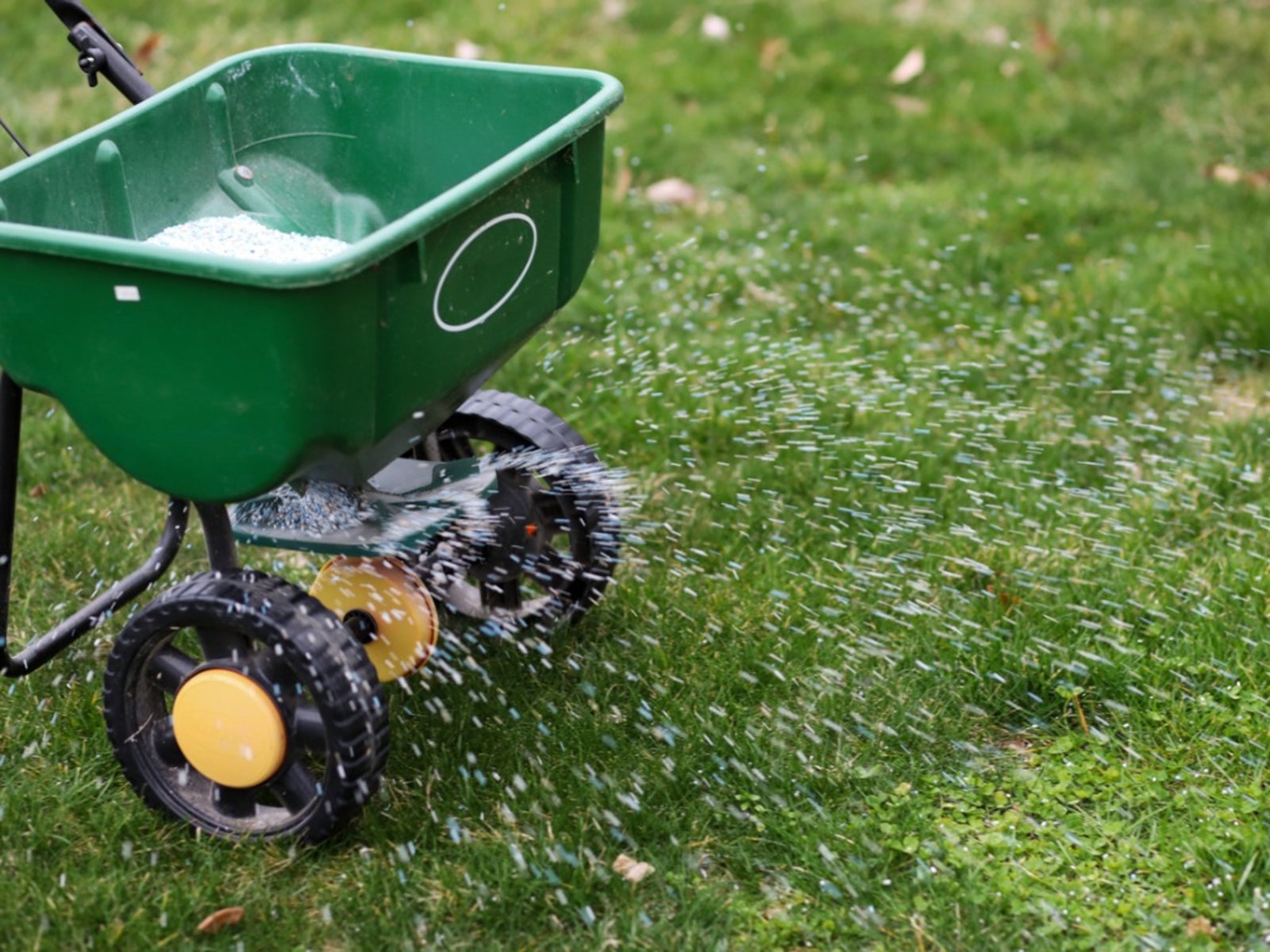
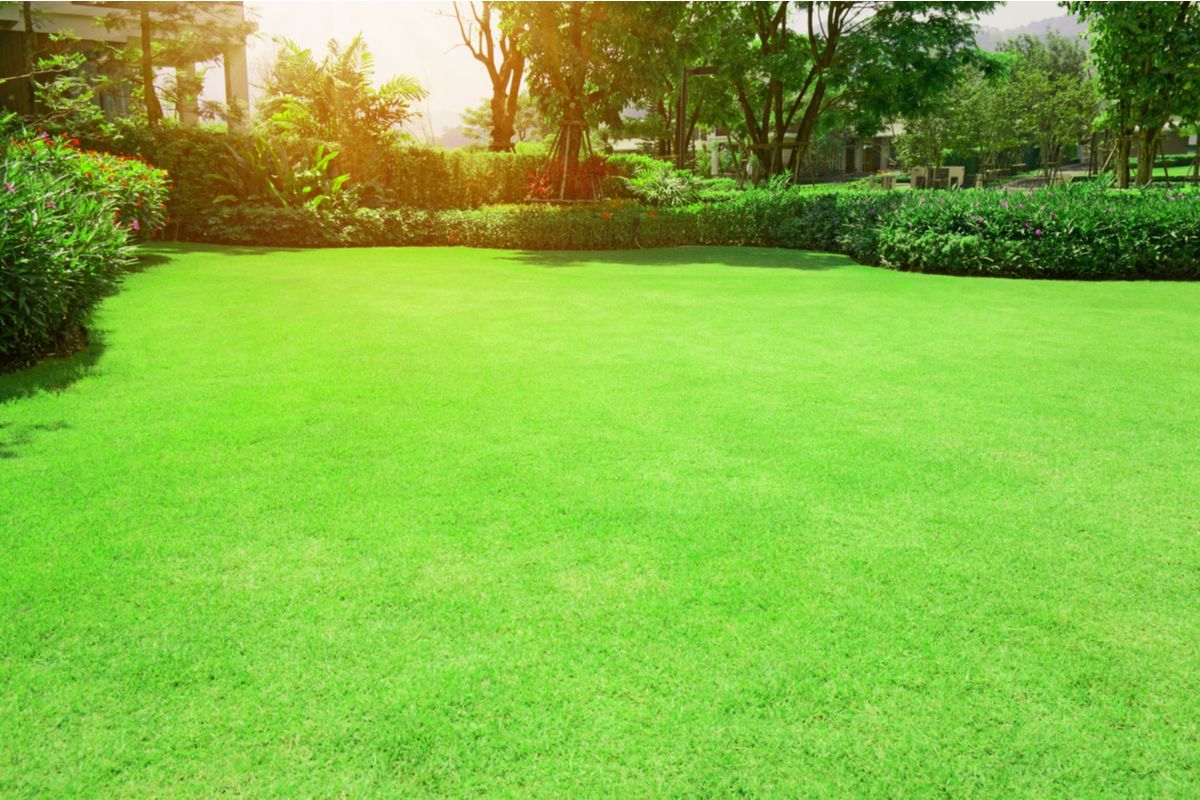
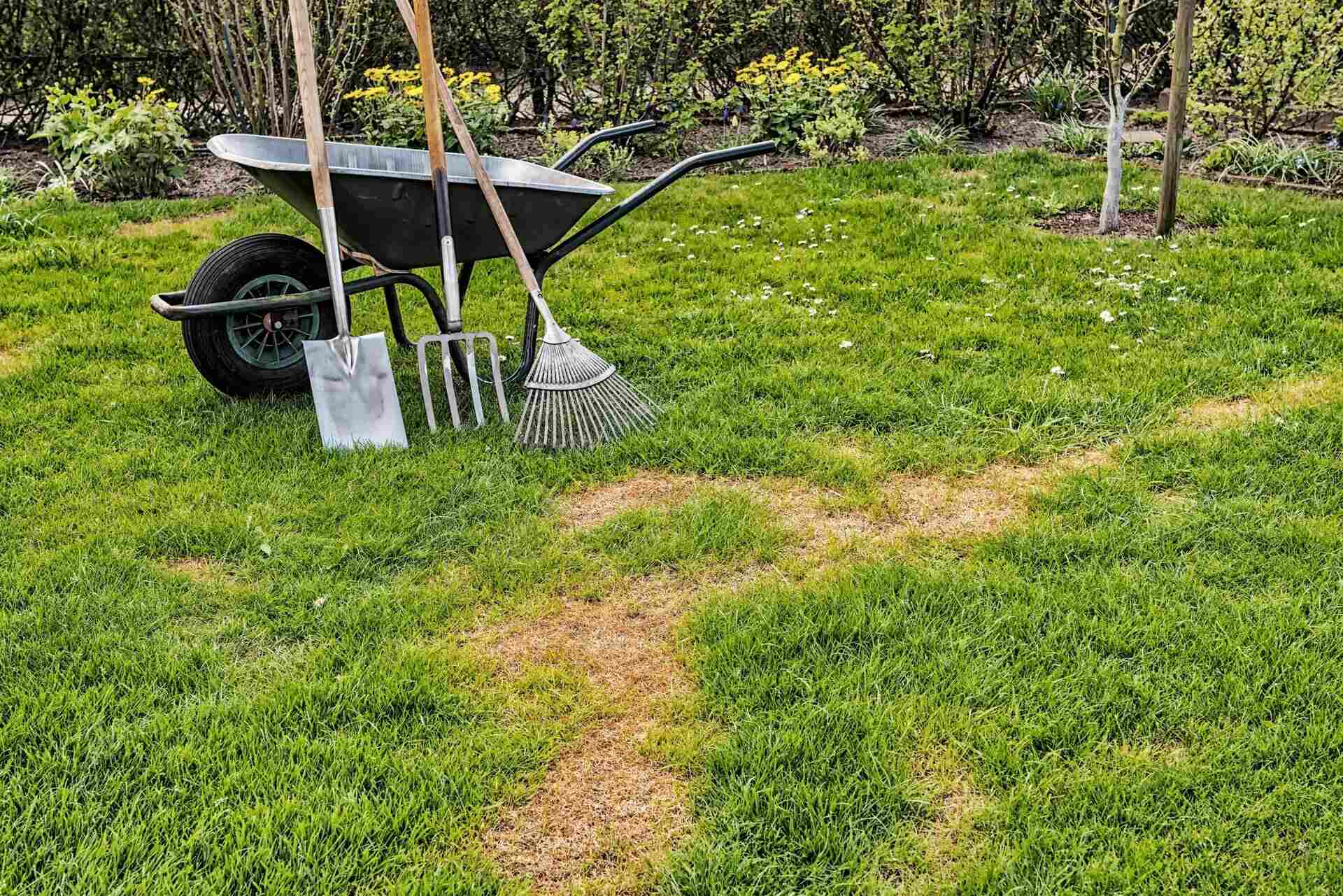
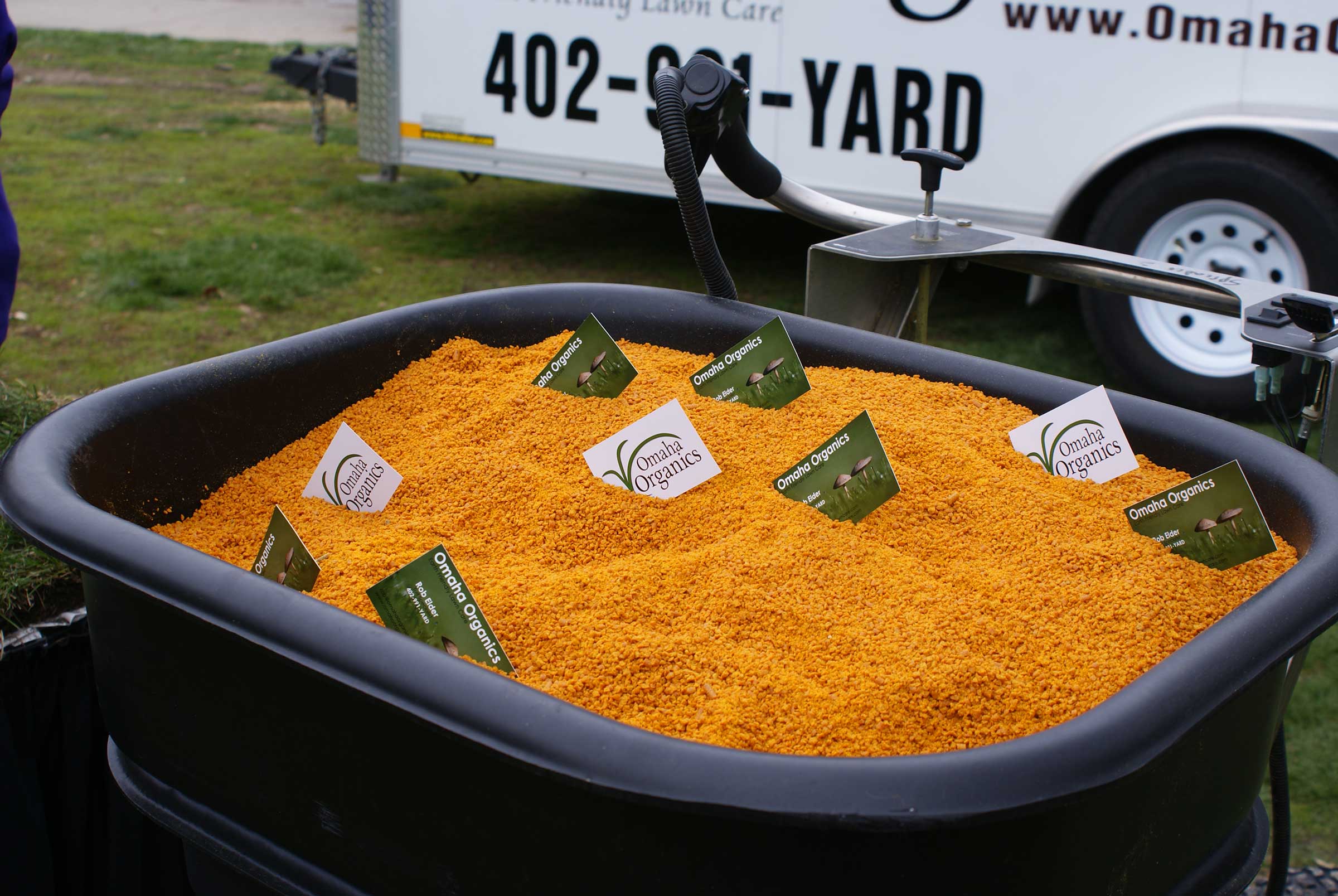




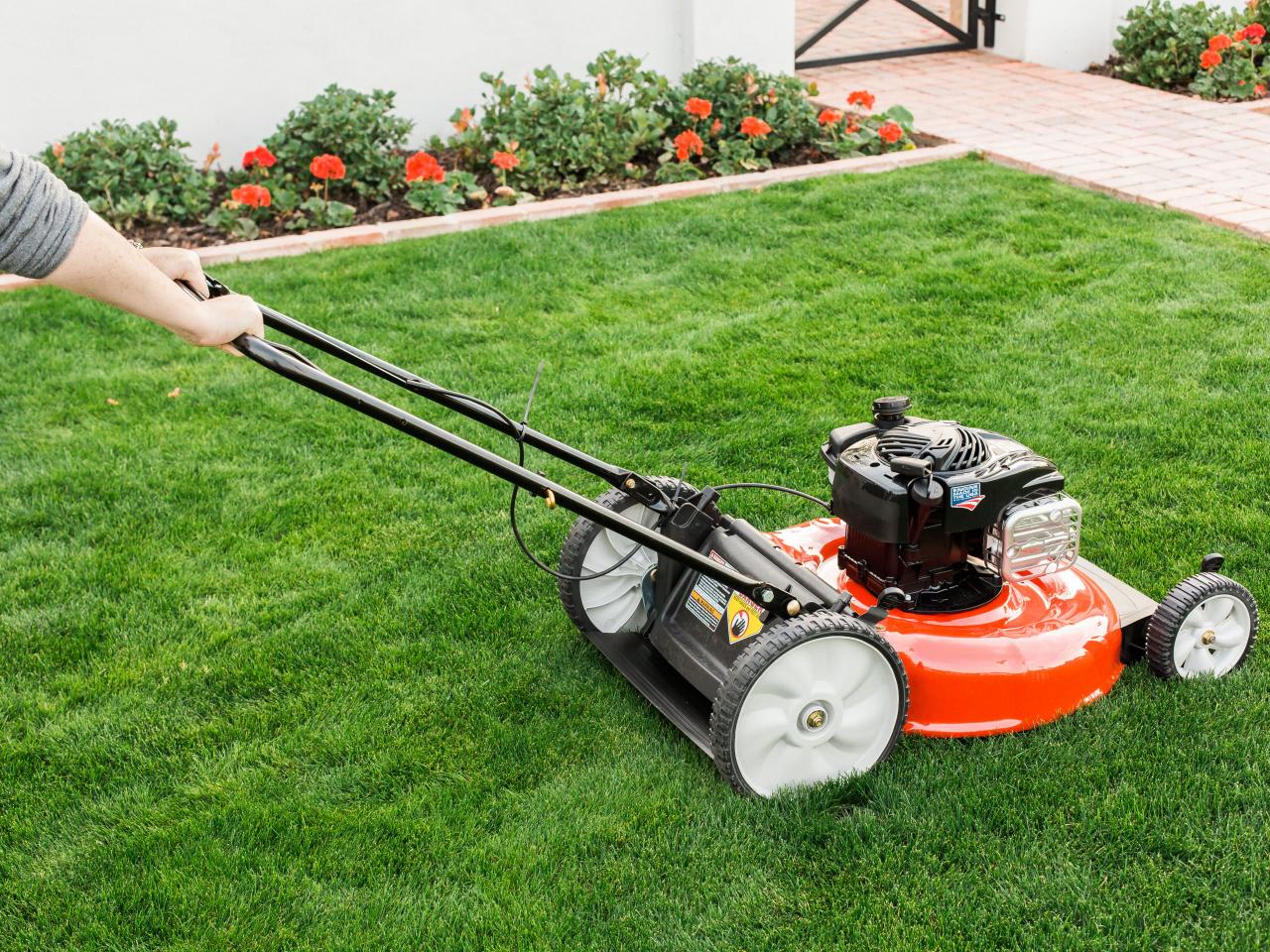
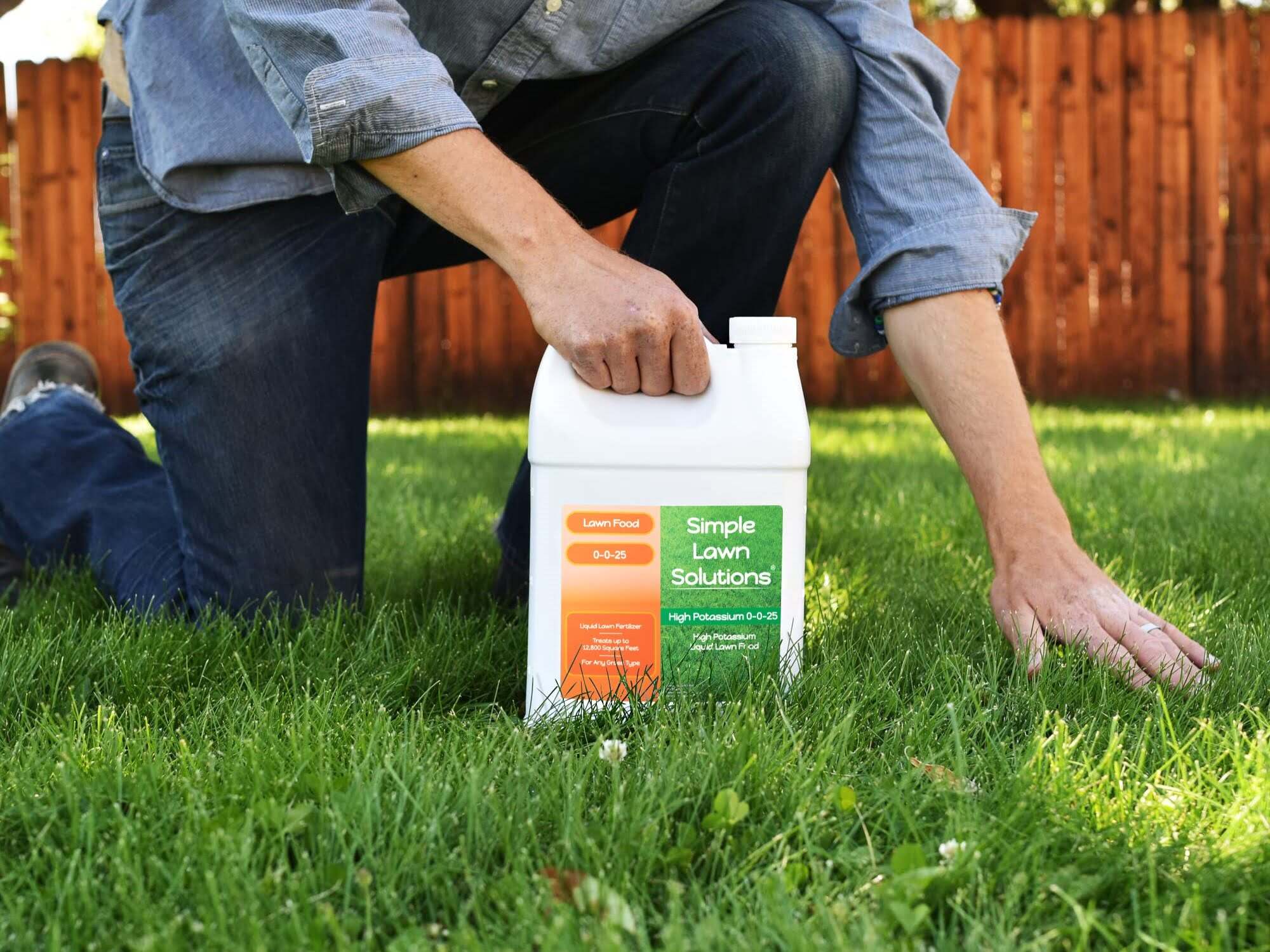
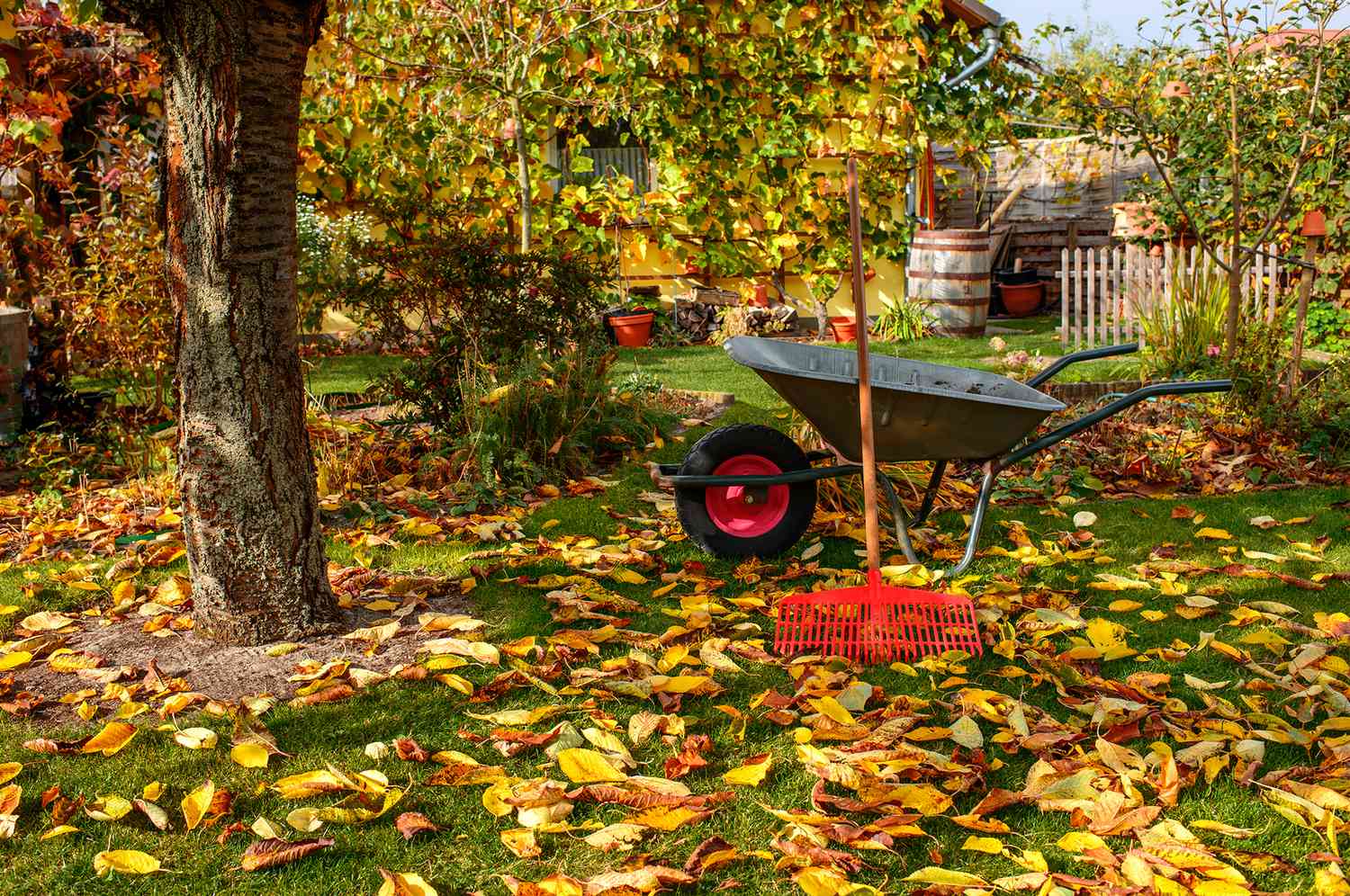
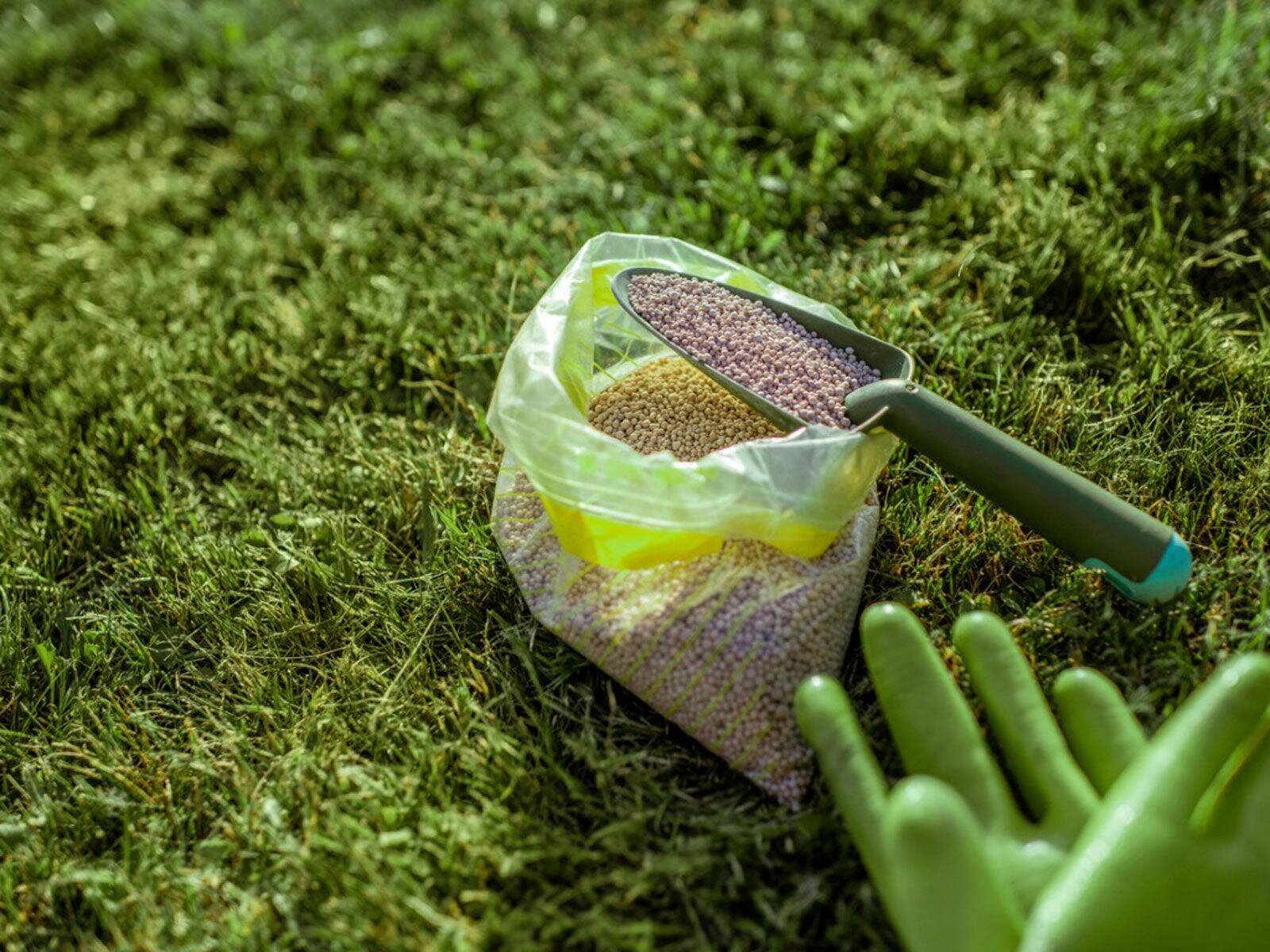


0 thoughts on “How To Do An Organic Lawn Care”